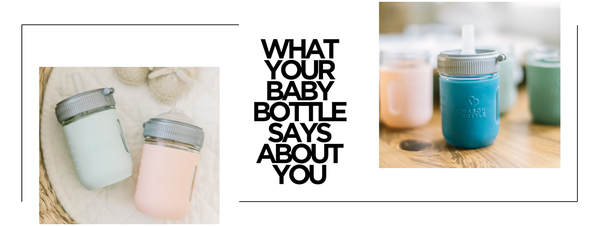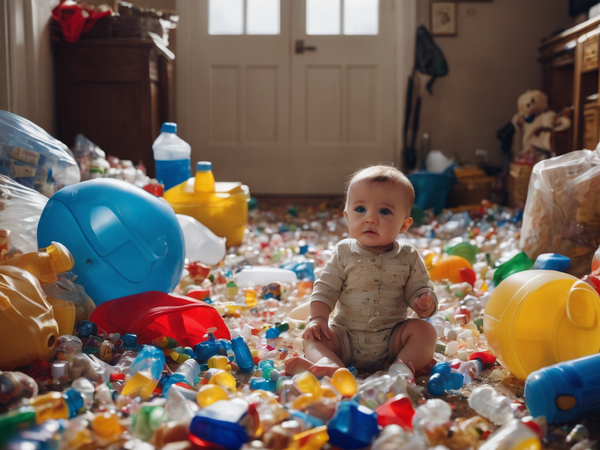
A new study that recently came out from the Columbia Center for Children’s Environmental Health at the Mailman School of Public Health that shows a disturbing link between BPA exposure during pregnancy and childhood obesity. However, the catch is that this study showed the link between exposure and obesity rates to be most prevalent in girls. Women and girls already face body scrutiny from a variety of directions, and obesity invites a whole host of mental and physical difficulties. Society already makes it hard enough to be a woman, and it cuts to the core even further when we find out that chemicals in our every day products are harming our future daughters.

It often seems there is a never-ending list of harmful substances and products pregnant women have to be conscious of. While this sometimes feels burdensome and restrictive, new research is proving that it is ever more important for mommys-to-be to remain vigilant of certain chemicals found in plastic wares. Bisphenol A (or BPA), the compound that makes plastic clear and strong, is one of the most common chemicals found in plastic bottles and cups. BPA has been said to be an endocrine-disruptor, playing a role in children’s health issues including:
- Asthma
- ADHD
- Early puberty in girls
- Anxiety and depression
We have known for several years now that using products that contain BPA is definitely not a good idea, but emerging studies show that prolonged exposure to BPA during pregnancy is a contributing factor to childhood obesity – specifically in girls.

One of the most prevalent issues plaguing our society today is the rising childhood obesity rate. The percentage of obese children has risen dramatically in the past 30 years, bringing with it a whole host of adverse health consequences. New research from the Columbia Center for Children’s Environmental Health has linked in-utero exposure to BPA to a predisposition to obesity in children. In their study, CCCEH researchers found a positive correlation between exposure to BPA in pregnancy and the body size measurements and fat mass of children at age 7. Furthermore, these higher levels of adiposity (fat) and a higher body mass index were more pronounced in girls than in boys. The adverse and lasting effects of BPA highlight the vulnerability and importance of the prenatal period, reminding us how important it is to be careful when dealing with plastic!

Fortunately, we are able to use these findings to our advantage by way of being more wary of plastic wares and encouraging others to pursue plastic alternatives. Mason Bottle is a great example of an environmentally friendly option using glass that eliminates the threat of BPA. As parents, we want to provide our children with the happiest and healthiest childhood that we can, one with a reduced risk of obesity and free of BPA. Here are a few other ways to reduce BPA exposure for your family:
- Avoid canned foods
- Cut soda habits
- Don’t use plastic food storage containers
- Substitute hard plastic wares for glass or stainless steel
- Turn down receipts printed on thermal paper





0 comments